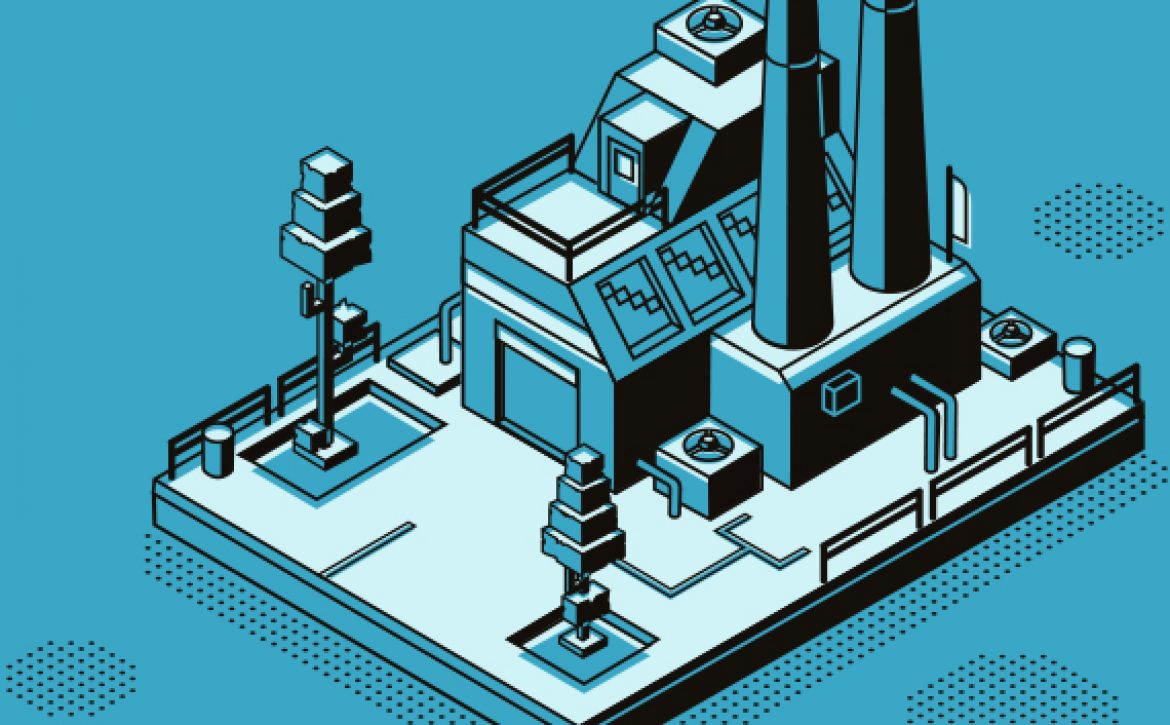Tips to convince your manager of the importance of industrial maintenance
In the day-to-day of industrial operations, it is not uncommon for the Operations Manager or the person responsible for the shop floor to find it difficult to establish an industrial maintenance schedule. The truth is that, in many places, the topic is still considered as a minor concern.
But anyone who understands the subject knows it’s not like that.
Good industrial maintenance can be decisive for the company to comply with its strategic planning,reducing costs and boosting productivity. However, not all managers see these benefits.
Thus, to the person responsible for the shop floor, it is the task of clarifying the theme and explaining the importance of applying good industrial maintenance throughout the factory. And you encounter difficulties like these, so common in the Brazilian manufacturing environment?
In this content, we’ll share some tips that can help you direct your arguments. After all, industrial maintenance is one of the pillars of companies that seek a differential now and in the future, but what is left for you to convince your manager of this? Check out!
Maintenance as a strategic function
The production chain of a company is not something simple. It is a complex system whose function goes far beyond production simply. In fact, the shop floor plays an essential strategic role for the company as a whole, being the core of what it sells. Among other cases, the productive sector:
- Contributes to the company’s main objectives;
- It is a place that requires intense planning;
- It has a technical machinery, whose conditions influence in all production — and consequently, in the results;
- It needs the greatest possible effectiveness and effectiveness, because its operation should be continuous to the maximum.
With this, you can understand why industrial maintenance is so important. This is the planned process that guarantees this desired productive continuity.
However, you may wonder: how does maintenance influence production to the point of ensuring these results?
- Quality,as it reduces the need for rework and keeps all machinery and equipment in the best conditions.
- Agility,as it makes the production level even more optimized by reducing machine downtime.
- Flexibility,because there are different concepts that can be applied in various situations, avoiding problems from different sources.
- Savings,because it ensures the maximum operation of the machinery, enhancing its useful life and avoiding unexpected expenses.
How to have an industrial maintenance up to date
Once your manager understands the importance of industrial maintenance, you need to be aware of your practice. After all, how to keep your application up to date? It’s not just about observing the conditions of a machine and deciding whether to fix it or not.
At this point, it is necessary to consider some mandatory tasks that will facilitate your day to day. Check:
Registration and classification of assets
Your inventory needs constant updating with each move. This way, you can make a more appropriate control of what enters and leaves your shop floor, thus evaluating the daily, weekly, monthly demands, etc.
A classification system serves to hierarchize these assets into a logic of importance: the greater their relevance to the shop floor, the higher in the hierarchy. Therefore, more important to be evaluated by the inspectors.
Create different maintenance plans
The world of industrial maintenance is based on three very important concepts:
Predictive maintenance, preventive maintenance and corrective maintenance.
The three are part of the day-to-day of an optimized shop floor, in which maintenance is prioritized. After all, each concept has its peculiarity and your company must be prepared to apply them in every type of situation. Therefore, planning is essential.
Technology to assist management and make the progress of activities more flexible
Like all business processes today, it is not feasible to keep activity records and Work Orders in spreadsheets or folders, for example. In fact, it takes a system that integrates all of this so that everyone involved can access information, documentation, among others.
SAP PM®, sap’s ERP Plant Maintenance management module, is one of the most recommended.
Moreover, it is necessary to think about the flexibility of the work performed. Some industrial plants do not allow the specialist to perform maintenance without first informing the system of any exchange. Often, in fieldwork, this communication is even more limited.
Therefore, an application that enables this interaction via smartphone, even offline, is the best alternative.
Learn about industrial maintenance indicators
Now, it’s time to understand what’s working and what’s not in your industrial maintenance plan. How to accomplish this task? After all, just relying on the reports issued by your management software is not enough. It is necessary to start from a principle, but which one?
The guidelines you are looking for are named: maintenance indicators. Below are some of the main ones:
MTBF (Mean Time Between Failures) | Average Time Between Failures
This is the relationship between the total time in hours of a machine running and the number of times a failure occurred. This result gives you an average of hours between each failure, indicating your propensity for failure, which can help you plan.
MTTR (Mean Time To Repair) | Average Time for Repair
The relationship between the time (in minutes or hours) of repairs performed on a machine (the sum) and the number of times the intervention was required. The result will be the average repair time required, which will tell you how long the production will suffer from the shutdown.
Asset Availability
This indicator tells you the possibility of a machine being available for use. It follows a formula that takes into account the two indicators above:
Availability: (MTBF / (MTBF + MTTR)) x 100
The result is the percentage of availability.
Percentage of Maintenance Cost
Indicates the annual cost in relation to the company’s revenue. The formula is similar to the one above, being:
Maintenance Cost: (Total Maintenance Cost / Gross Billing) x 100
The result represents the percentage of the cost. The Brazilian average is no more than 4.
Maintenance cost per ERV
This indicator concerns the cost of maintenance per asset. In this case, ERV stands for Estimated Replace Value. The formula is known as CPMR:
CPMR: (Total spent on asset maintenance / Asset purchase value) x 100
The result will be a percentage that indicates whether it is worth keeping the asset in question. In general, it is considered 2.5 as maximum. If the result passes this, it means that the asset (machine) no longer has a good cost x benefit and can be considered an exchange.
Now that you know how to convince your manager of the importance of industrial maintenance, how to put in place a management plan and how to manage it, the time has come to put everything into practice!
For this, count on the help of Nalbatech. The company specializes in creating technological solutions such as SAN Mobile. The application is compatible with SAP PM® and assists in automating mobile processes.
Contact one of our experts right now!



